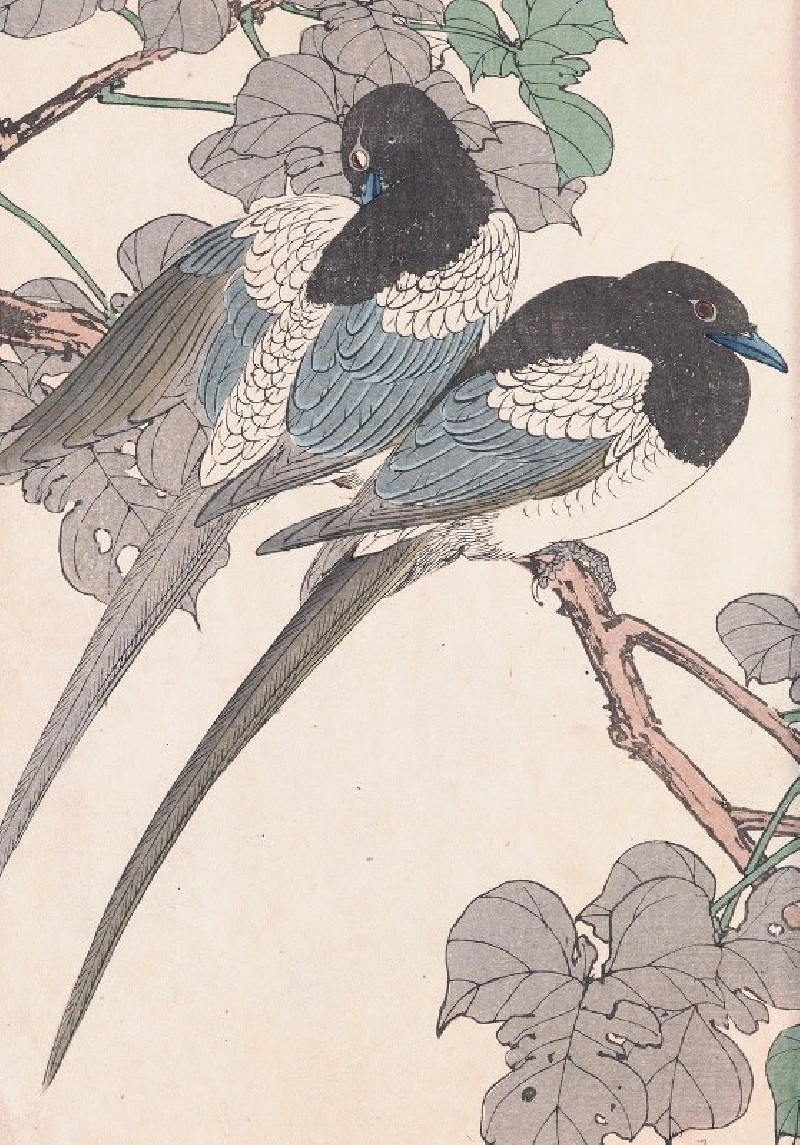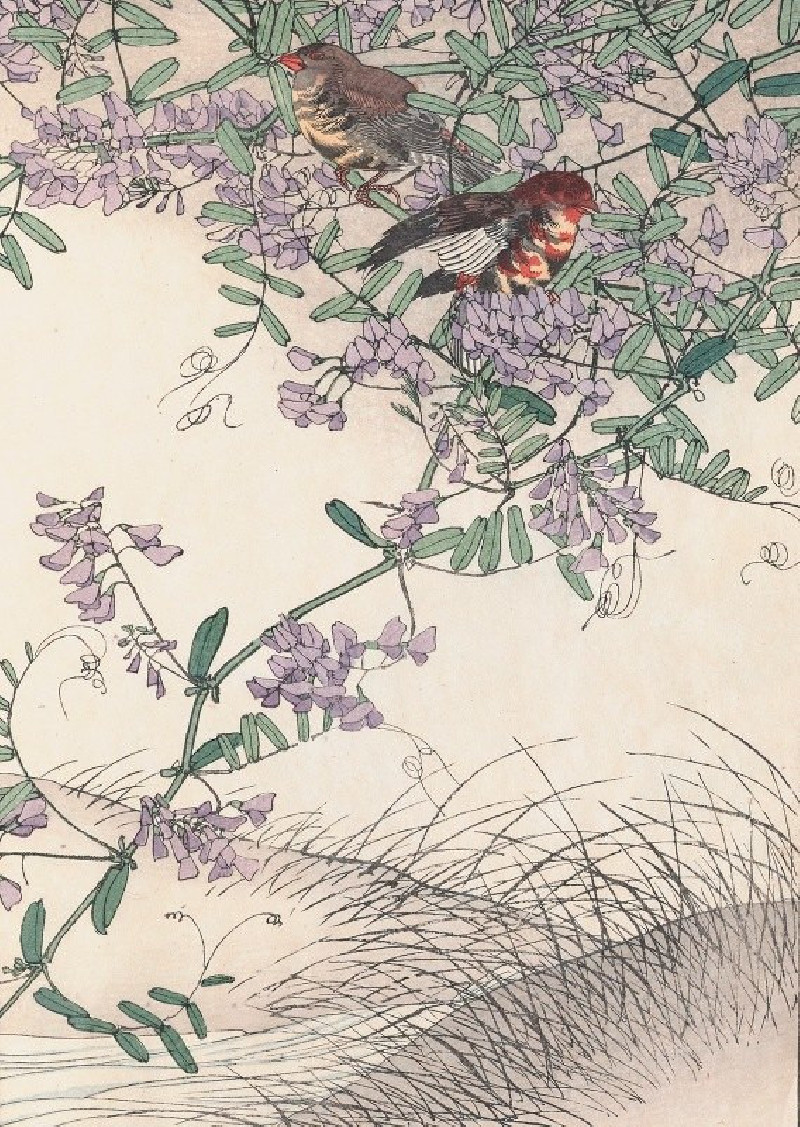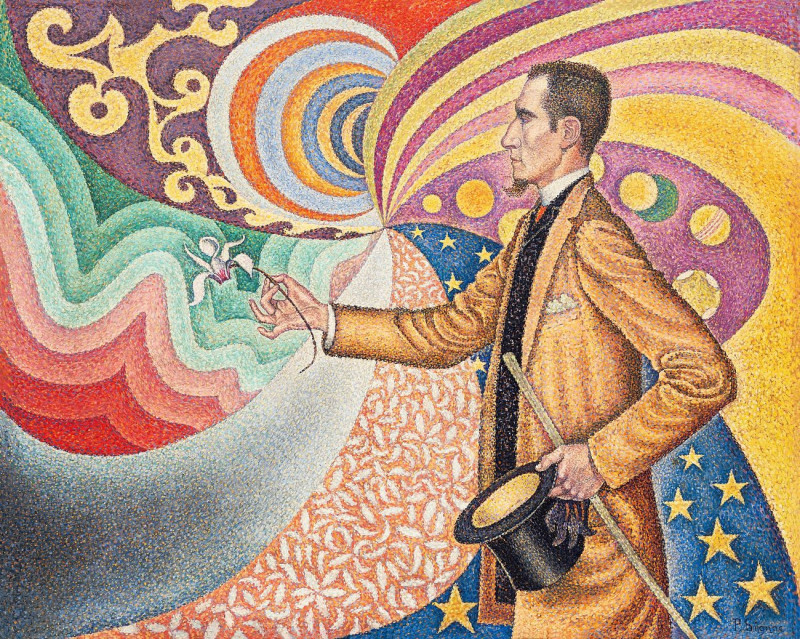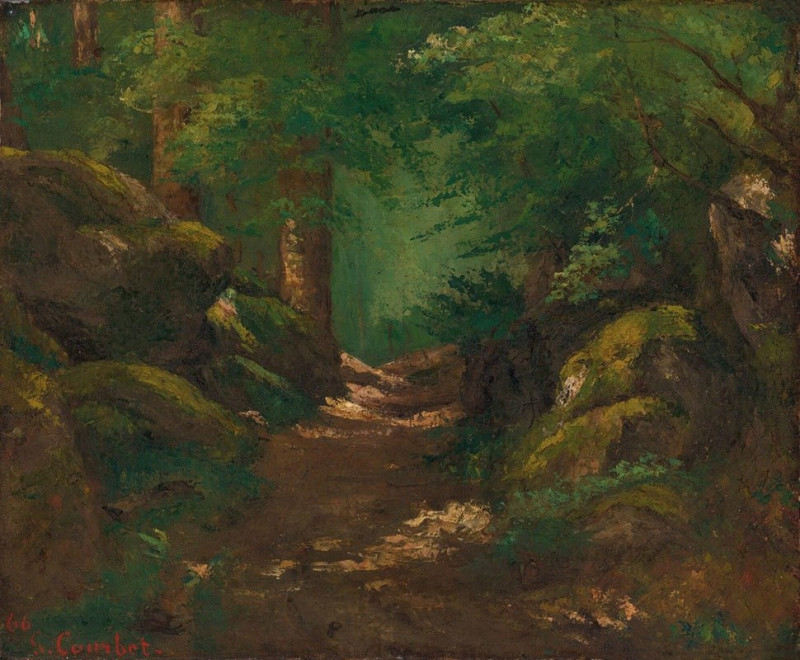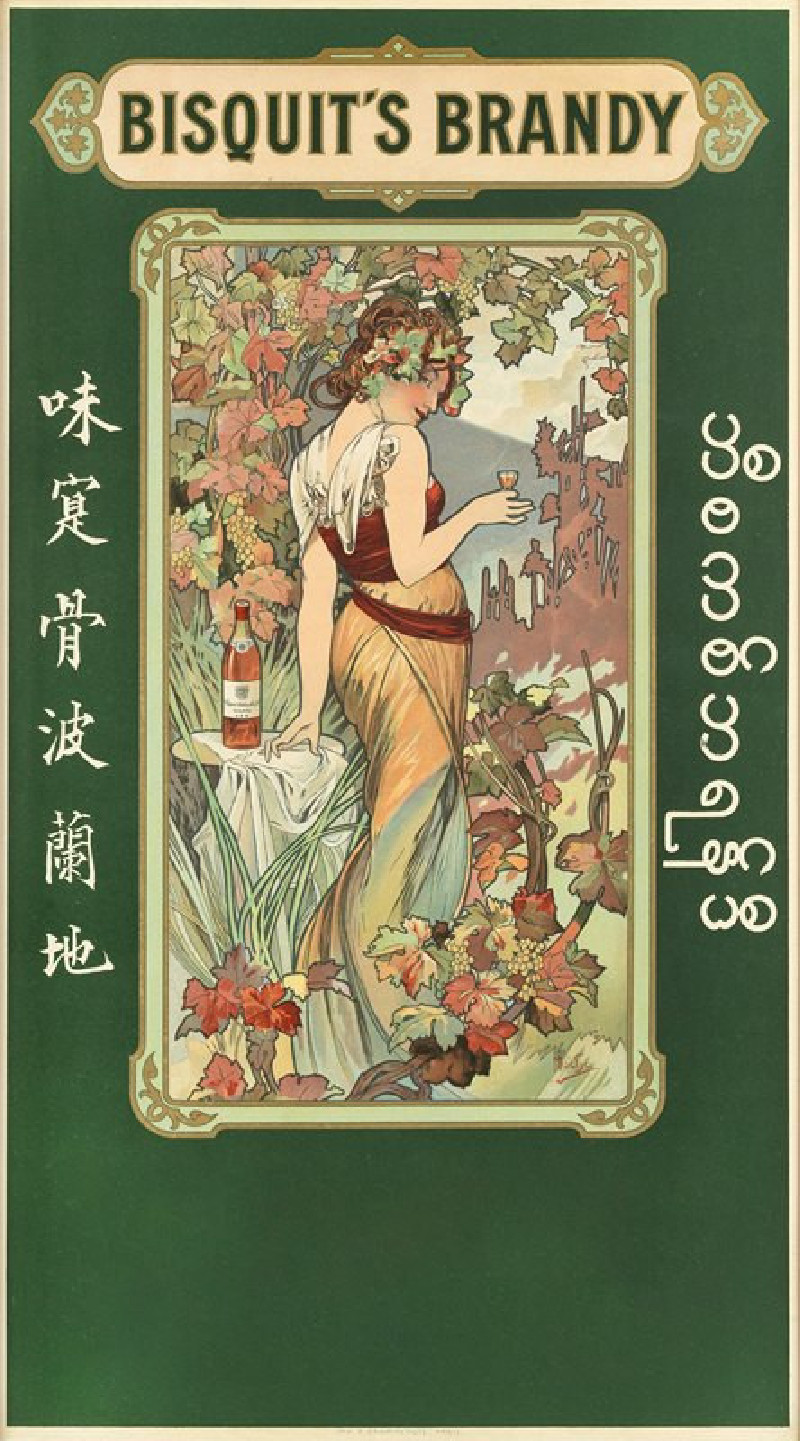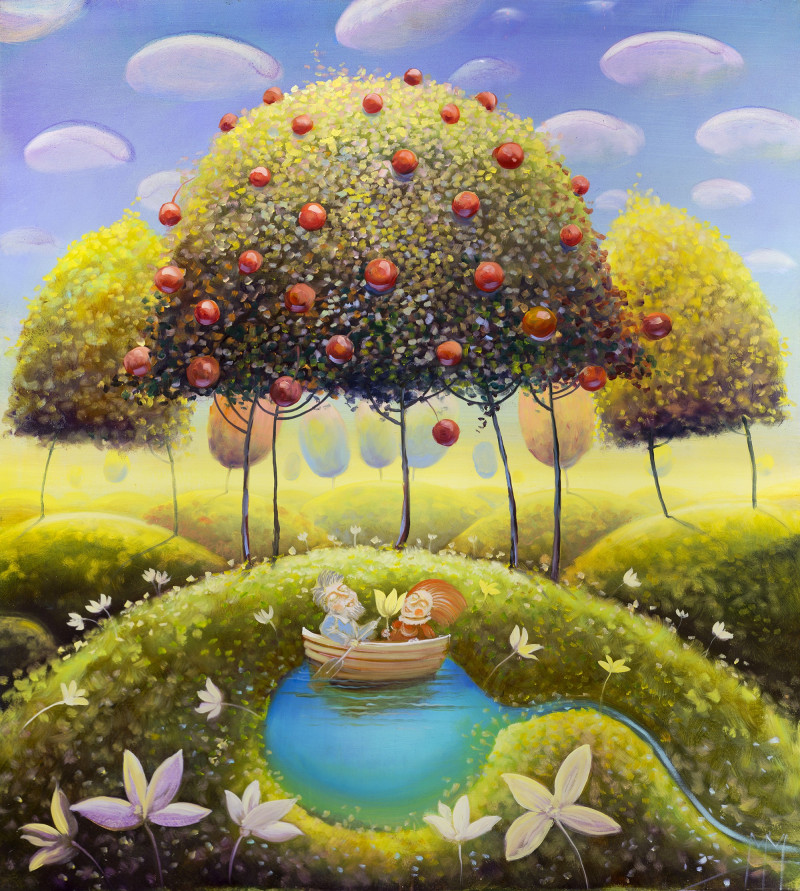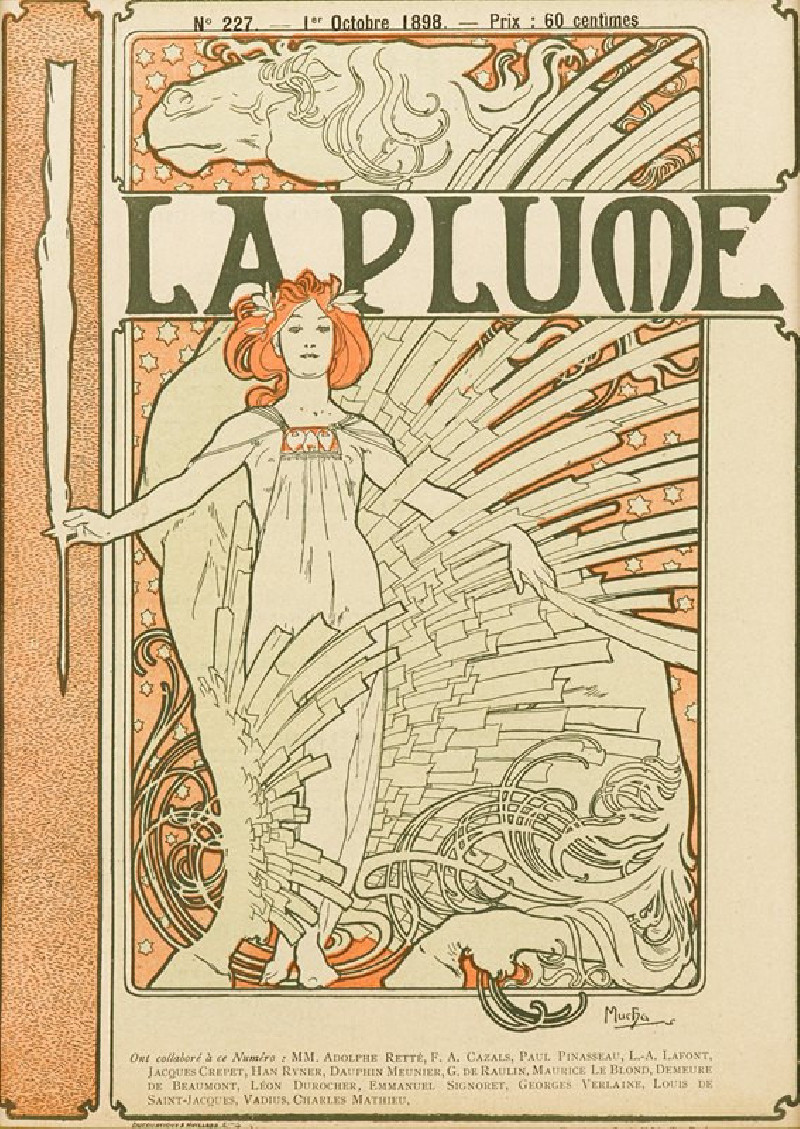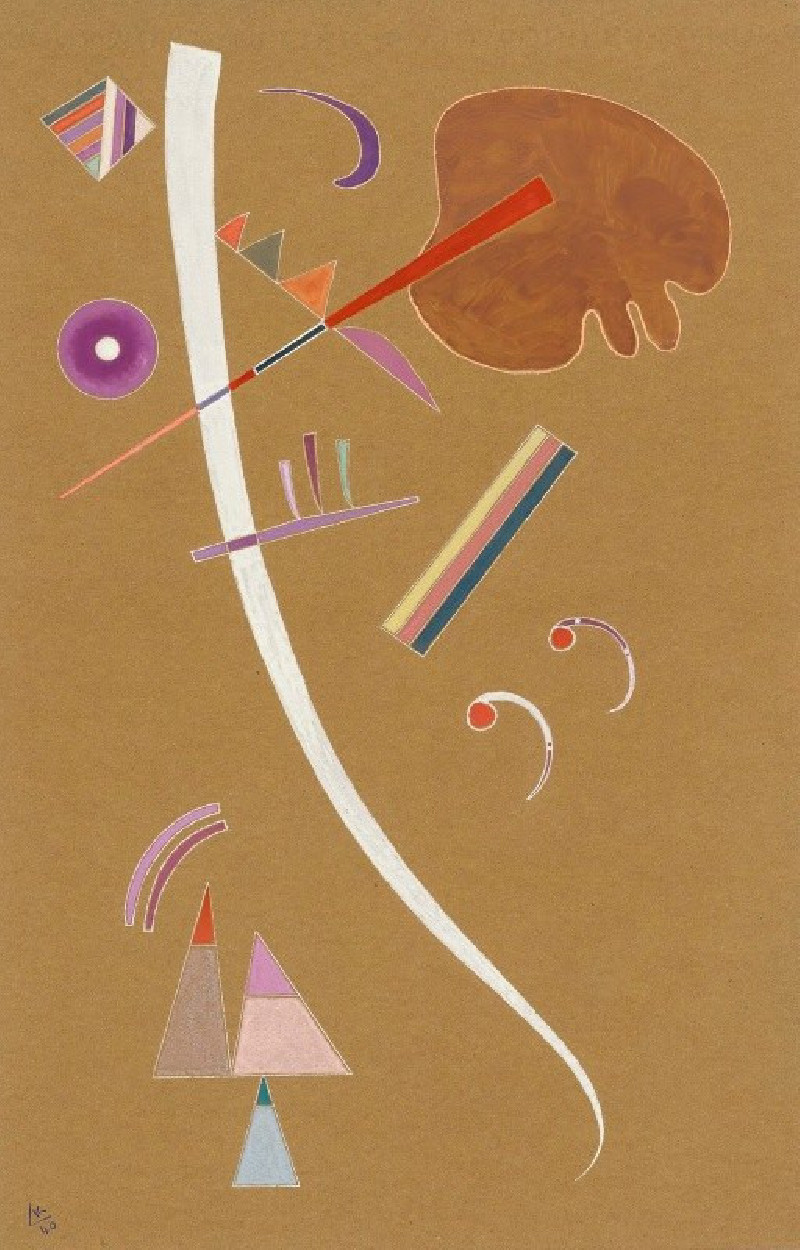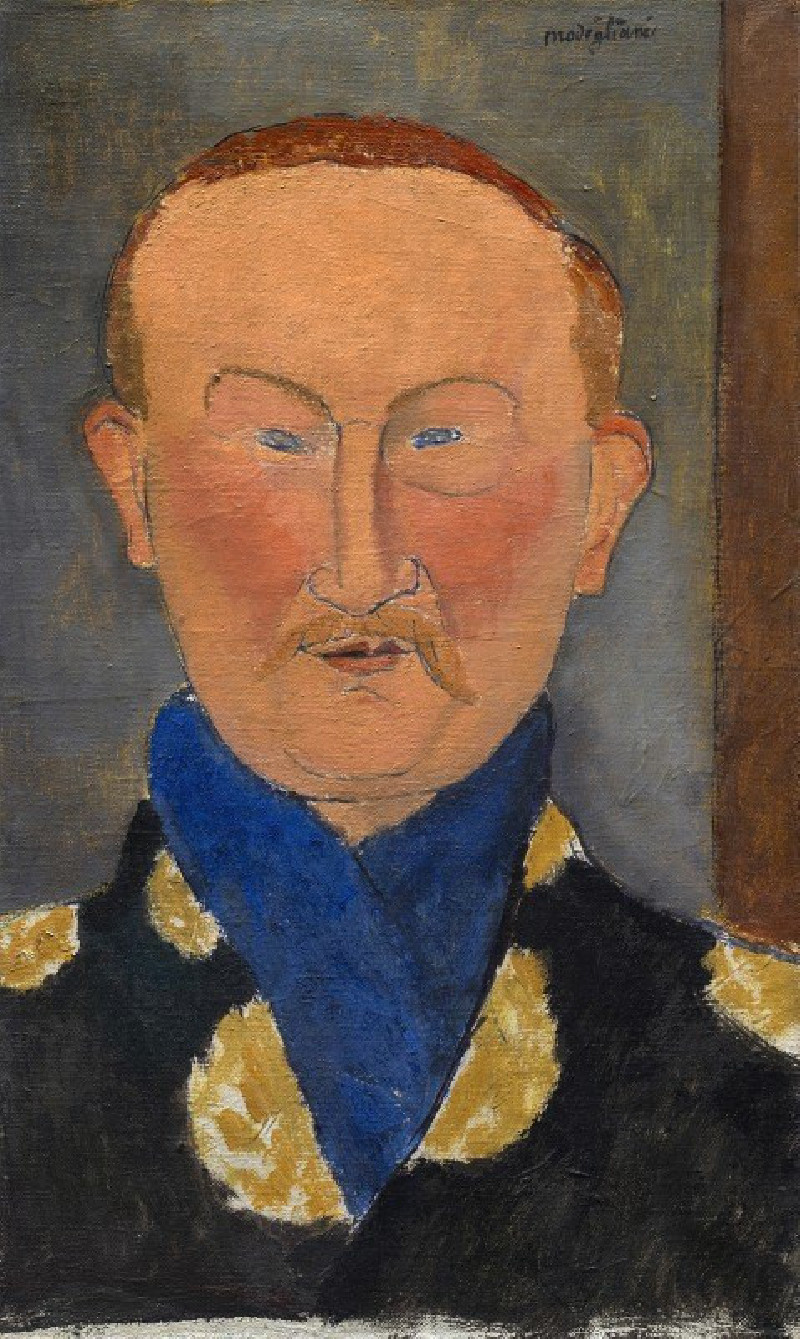Keinen kachō gafu, Pl.07 (1891-1892)
Technique: Giclée quality print
Recommended by our customers
More about this artwork
Imao Keinen's "Keinen kachō gafu, Pl.07" (1891-1892) offers viewers a glimpse into the artist's eloquent depiction of the natural world. This particular plate is a beautiful illustration of three swallows perched on a branch, surrounded by lush leaves that frame these avian figures gracefully. The swallows are rendered with exquisite detail, displaying a predominance of dark and light blue feathers, contrasted sharply by ebony shades around their eyes and the sleek, black coloration of their heads. Their long, elegant tails sweep downward seamlessly, enhancing the fluidity and dynamic aspect of the composition.The artwork clearly demonstrates Keinen's mastery in capturing the essence of birds through his refined and delicate brush strokes. This painting not only showcases his ability to portray the physical beauty of birds but also subtly captures the serene and tranquil atmosphere, inviting the viewer to pause and admire the simplicity and beauty of nature."Keinen kachō gafu, Pl.
Delivery
Reproductions are made to order and take 5 to 7 working days.
We send them out by courier and delivery takes another two working days.
If you need a reproduction sooner, please contact us - we can usually find a solution and produce it a little faster.
If you don't want to pay for postage, you can pick up your paintings at our galleries in Kaunas or Vilnius.
Returns
Yes, reproductions can be returned.
If you have any doubts more than 30 days after the date of purchase, please contact us - we will take the reproduction back for a refund or offer you a replacement!
We accept a maximum of two returns per customer - please note that we make reproductions to order, so please choose responsibly.
We do not refund shipping expenses.

